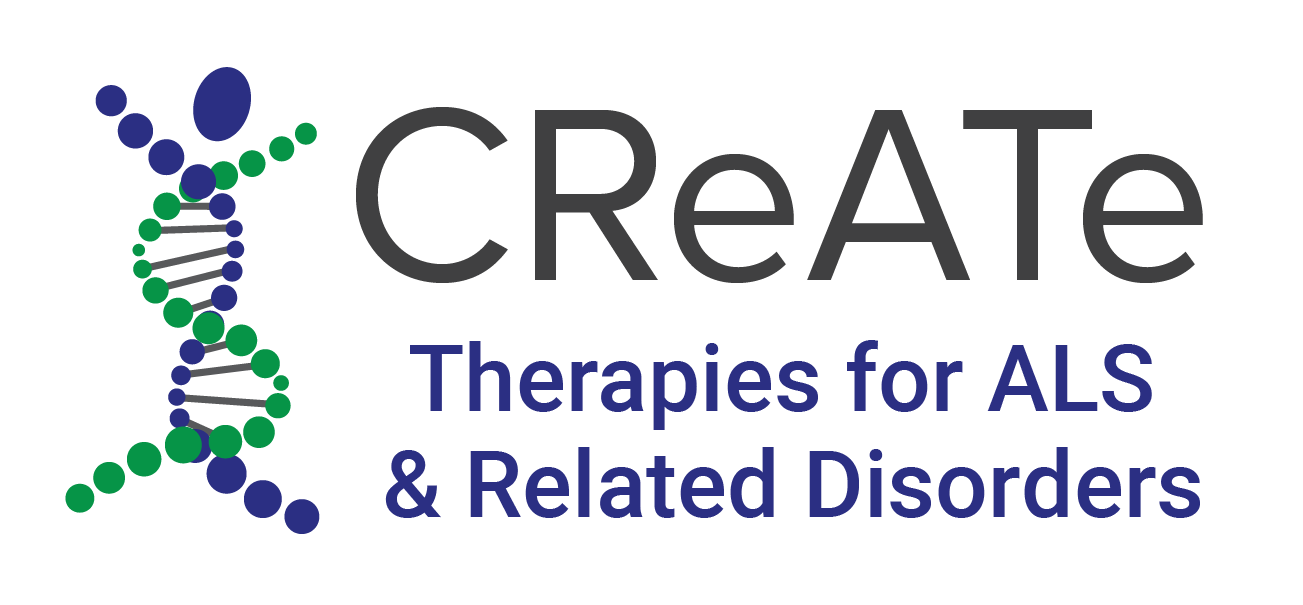Hijai Regina Shin, PhD
Dr. Hijai Regina Shin, PhD, is an assistant professor at the Children’s Research Institute at the University of Texas Southwestern. Her research interest revolves around understanding the lysosome as the center for nutrient sensing and cellular quality control, with emphasis on the signaling pathways mediated by cholesterol and its derivatives and how these molecules govern cellular growth and other important cellular decisions in health and disease.
As a CReATe scholar, Dr. Shin investigated the molecular consequences of the hexanucleotide repeats expansion in C9ORF72 gene in organelle function and integrity. There is growing evidence supporting the crucial role of C9ORF72 in the proper functioning of autophagy, a quality control process essential for the survival of neuronal cells. However, the mechanistic explanation for the observed autophagy defects resulting from C9ORF72 GC expansion remains unclear. Moreover, whether targeting organelle defect and downstream metabolic signaling has therapeutic implications remain to be investigated.
Previous work, that Dr. Shin was a part of, showed that C9ORF72 localizes to the lysosome. Therefore they hypothesized that FTD/ALS C9ORF72 expansion contributes to lysosome dysfunction and subsequent autophagy impairment. C9ORF72 patient-derived iPSC and their isogenic (CRISPR edited) counterparts were acquired and differentiated into cortical neurons to properly assess organelle and signaling defects. No major differences in number and/or morphology of various subcellular organelles were found but substantial differences in lysosome signaling were observed. It was shown that hyperactive mTORC1 signaling is responsible for dampened autophagy in C9ORF72 patient iPSC-neurons. They further validated the efficacy of their novel (unpublished) mTORC1 inhibitor alongside currently available compounds and confirmed its efficacy and specificity. Finally targeted metabolomics and lipidomics suggest a global change in cellular metabolism in C9ORF72 patient neurons, which could be exploited for potential targetable vulnerabilities.

